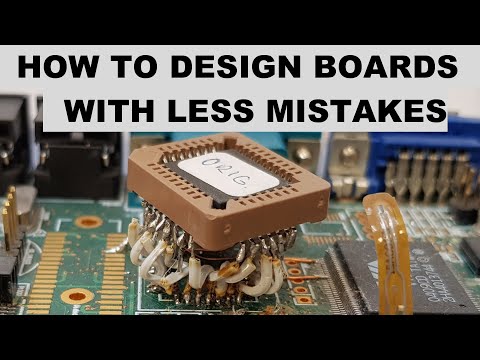Description:
Discover essential strategies for designing circuit boards that function correctly on the first iteration in this 57-minute video lecture. Learn to import reference schematics, utilize identical pinouts and connections, construct simple test circuits, and incorporate bypass resistors, pull-ups, and optional components. Master the art of thorough library checks, schematic reviews, and layout verifications. Explore techniques such as paper modeling, reference layout reuse, and adherence to design guidelines. Gain insights on simulation when breaking important rules and visualize the power-up process and prototype testing. Avoid common pitfalls and develop the skills to create reliable, customer-ready board designs from the outset.

How to Design Boards That Work the First Time
Add to list